Halloween, a beloved holiday in the United States, is a night filled with costumes, candy, and eerie festivities. It has evolved from ancient Celtic traditions to become a uniquely American celebration. In this article, we'll delve into the rich and fascinating history of Halloween in America, exploring how it has transformed over centuries to become the spooky, fun-filled holiday we know today.
Ancient Origins
Halloween's roots trace back to the ancient Celtic festival of Samhain, which marked the end of the harvest season and the beginning of winter. Samhain, celebrated on October 31st, was a time when the Celts believed that the boundary between the living and the dead was blurred. They lit bonfires and wore costumes to ward off roaming spirits, hoping to protect themselves from any malevolent entities.
Colonial America and European Influence
As European settlers arrived in America, they brought their Halloween traditions with them. However, the initial celebrations of Halloween in the American colonies were quite different from what we see today. These early celebrations often involved communal gatherings, storytelling, and dancing. Bobbing for apples, a game that has become a Halloween staple, can be traced back to these early American festivities.
The influence of various European cultures, such as the Irish and Scottish, also played a significant role in shaping American Halloween customs. Irish immigrants, for example, introduced the concept of carving turnips and later pumpkins, creating the iconic Jack-o'-Lantern. The Irish legend of "Stingy Jack," who was condemned to roam the Earth with his carved-out turnip lantern, added a spooky element to the holiday.
The Mid-19th Century: Americanization of Halloween
By the mid-19th century, Halloween was beginning to take on a more distinctly American character. Communities embraced the holiday as an occasion for neighborly gatherings, where stories of ghosts and supernatural beings were shared around the fire. It was a time for young people to engage in playful pranks, though these sometimes crossed the line into vandalism.
One notable event that influenced the Americanization of Halloween was the mass immigration of Irish and Scottish immigrants during the mid-1800s. They brought with them their rich Halloween traditions, further contributing to the holiday's growth and popularity.
Commercialization and the Late 19th Century
The late 19th century marked a turning point in the history of Halloween in America. During this time, the holiday began to undergo commercialization. Greeting cards featuring Halloween-themed images, costumes, and decorations became widely available, providing businesses with an opportunity to capitalize on the holiday's growing popularity.
Additionally, Halloween parties became a common practice among American communities. These gatherings featured games, fortune-telling, and costume contests, adding a social and festive dimension to the holiday.
The 20th Century: Trick-or-Treating and Pop Culture Influence
The 20th century saw the development of Halloween traditions that are still popular today. One of the most enduring customs is trick-or-treating, which likely originated from the medieval practice of "souling." Children would go door-to-door, offering prayers for the dead in exchange for small cakes. Over time, this evolved into the modern tradition of receiving candy from neighbors.
The Great Depression and World War II temporarily affected Halloween celebrations, as resources were scarce, and people focused on other priorities. However, the post-war era saw a resurgence in Halloween's popularity.
The influence of pop culture further shaped Halloween during the 20th century. Horror films, such as Universal Pictures' monster movies, played a significant role in associating Halloween with monsters and spooky creatures. These iconic films introduced characters like Dracula, Frankenstein's monster, and the Mummy, who quickly became popular costume choices.
The 21st Century: A Multifaceted Celebration
Today, Halloween in America is a multifaceted celebration that combines elements of ancient traditions with modern twists. It has become a holiday that appeals to people of all ages, from children collecting candy to adults attending costume parties and haunted houses.
One of the most notable aspects of modern Halloween is its commercialization. The retail industry has embraced the holiday wholeheartedly, with stores stocking an array of costumes, decorations, and themed merchandise well in advance of October 31st. Halloween-themed attractions, such as haunted houses and corn mazes, have also become a major industry, providing entertainment and thrills for those seeking a spooky experience.
Halloween has also become an opportunity for artistic expression and creativity. Elaborate costumes and home decorations have become a hallmark of the holiday, with individuals and communities competing to create the most impressive displays. Social media platforms have further fueled this trend, with people sharing their Halloween creations and experiences online.
The history of Halloween in America is a tale of evolution and adaptation. What began as an ancient Celtic festival has transformed into a uniquely American celebration characterized by costumes, candy, and community. From its early colonial roots to its commercialization in the 20th century, Halloween has continuously evolved to become the vibrant and diverse holiday we know today. It remains a beloved occasion for people of all ages to embrace their spooky side, indulge in sweet treats, and come together to celebrate the magic and mystery of the night.




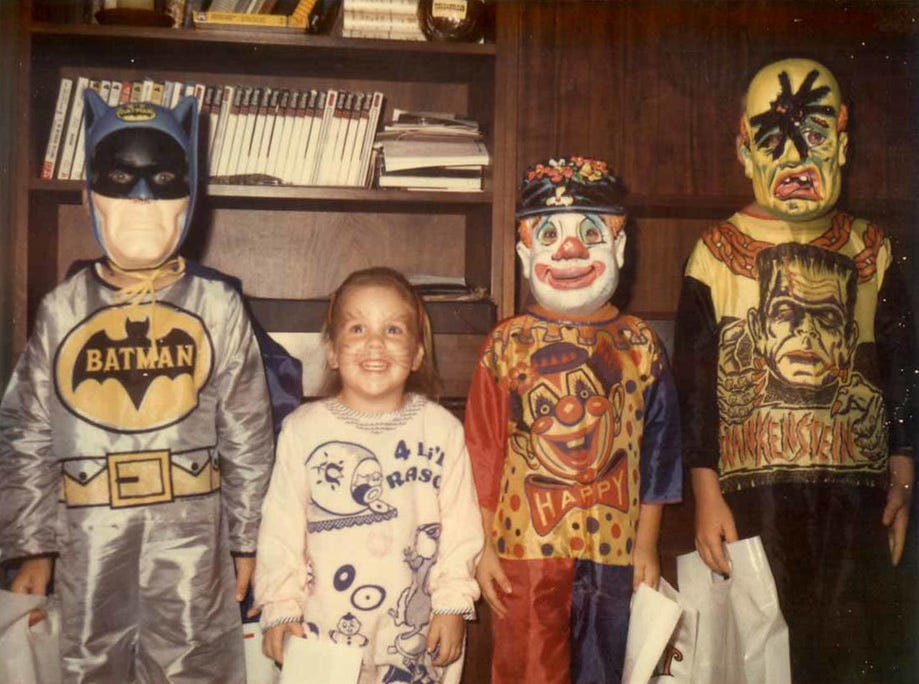
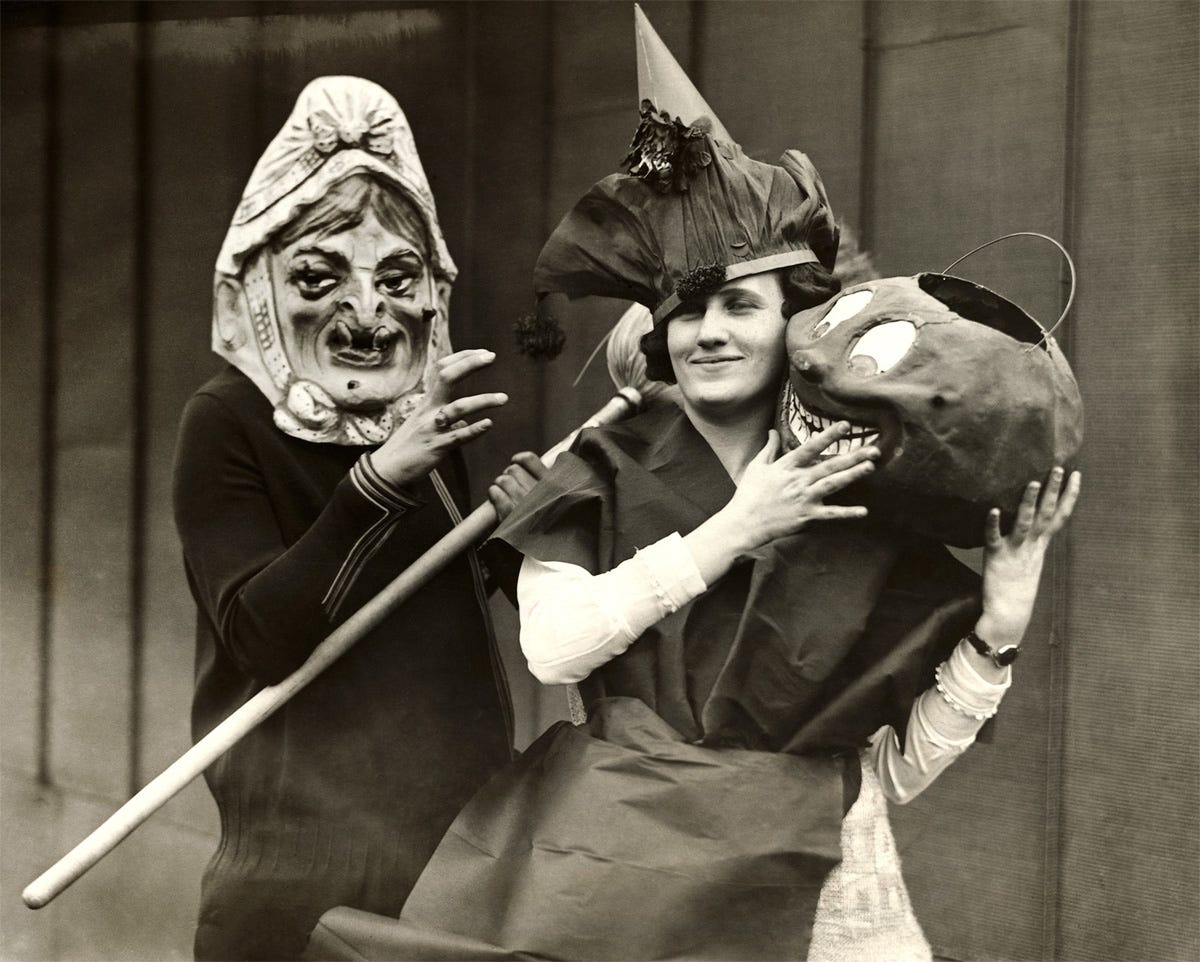
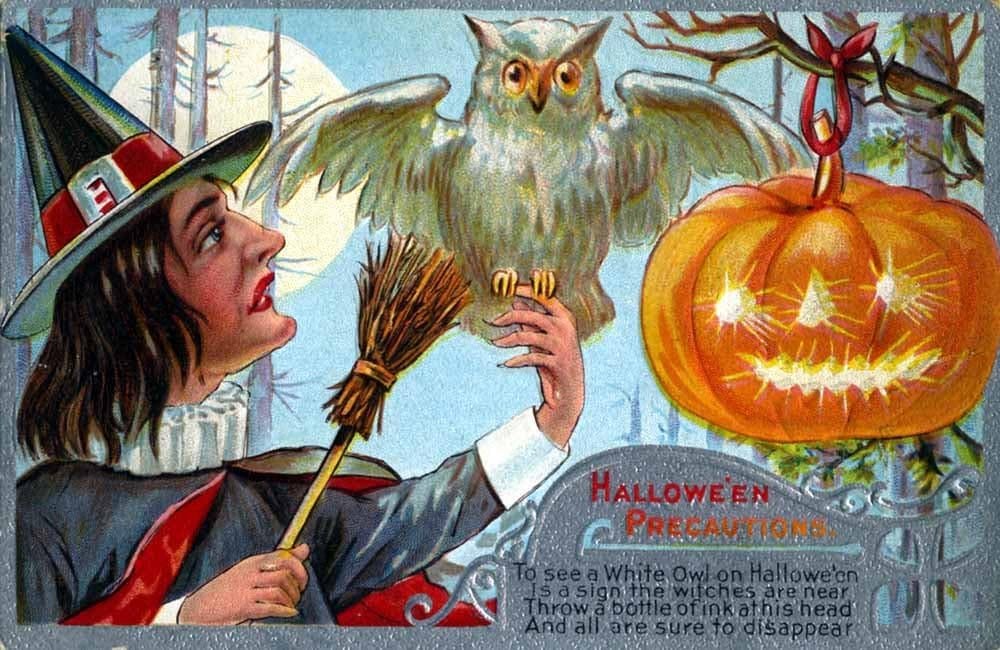
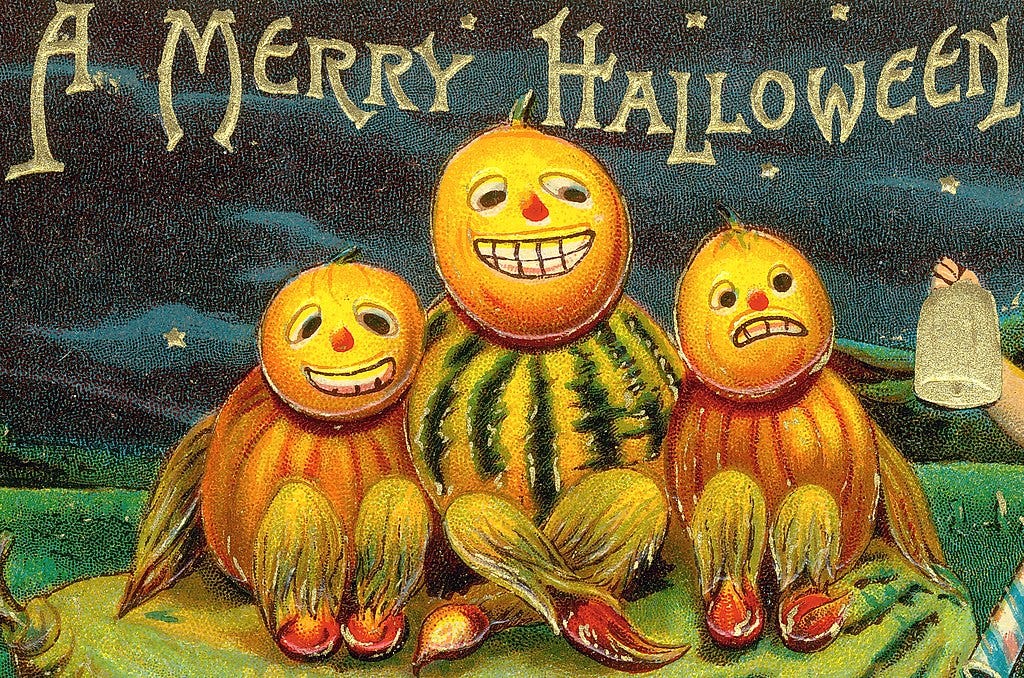
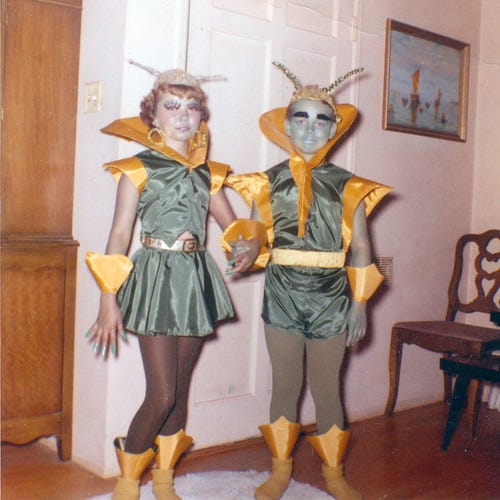
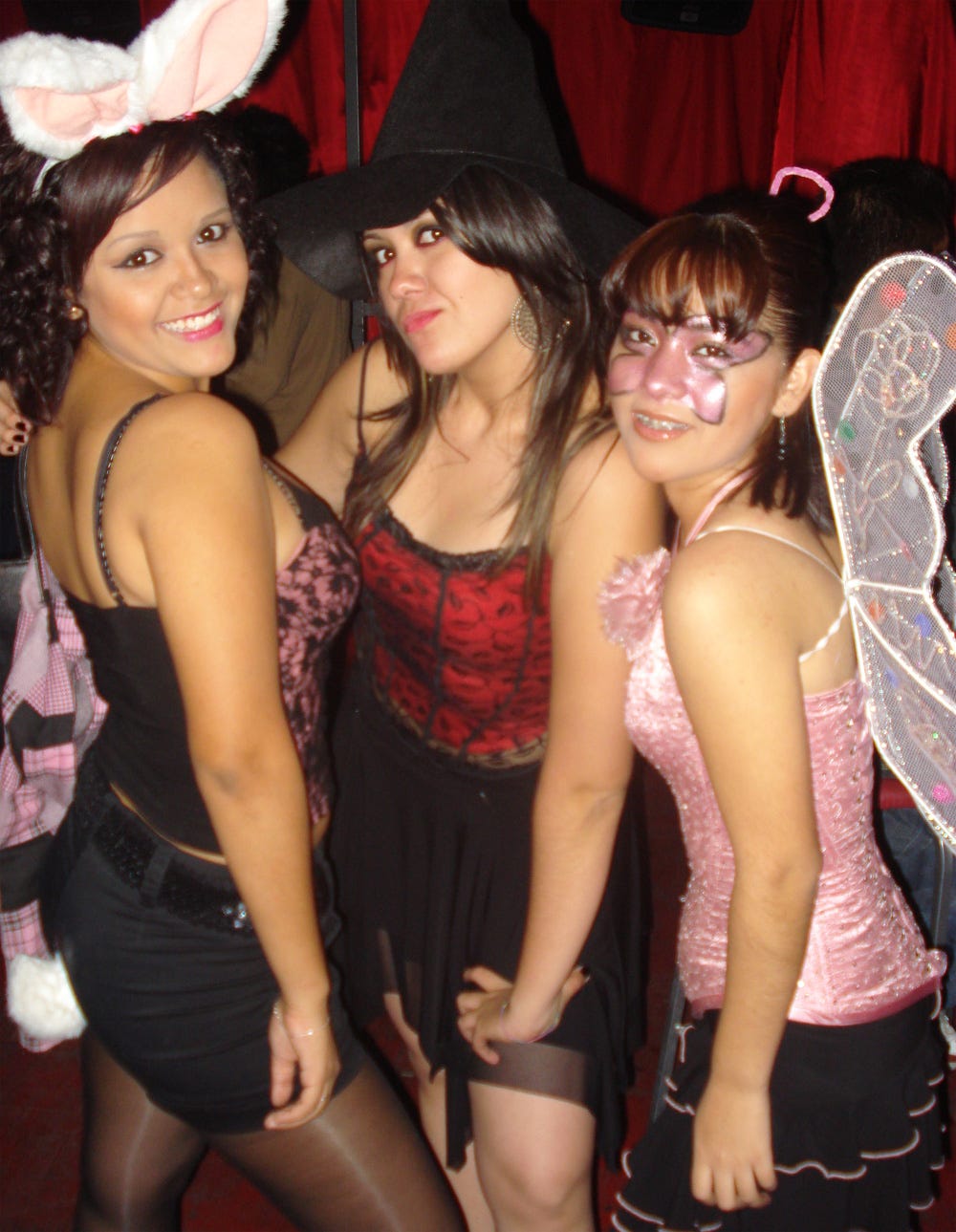
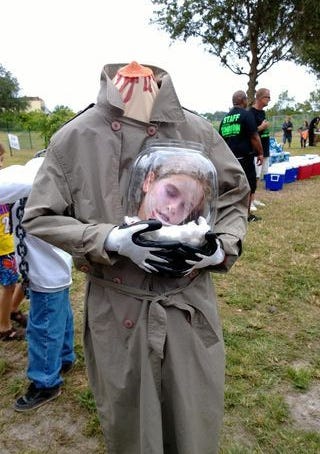

what happens if I make a comment?